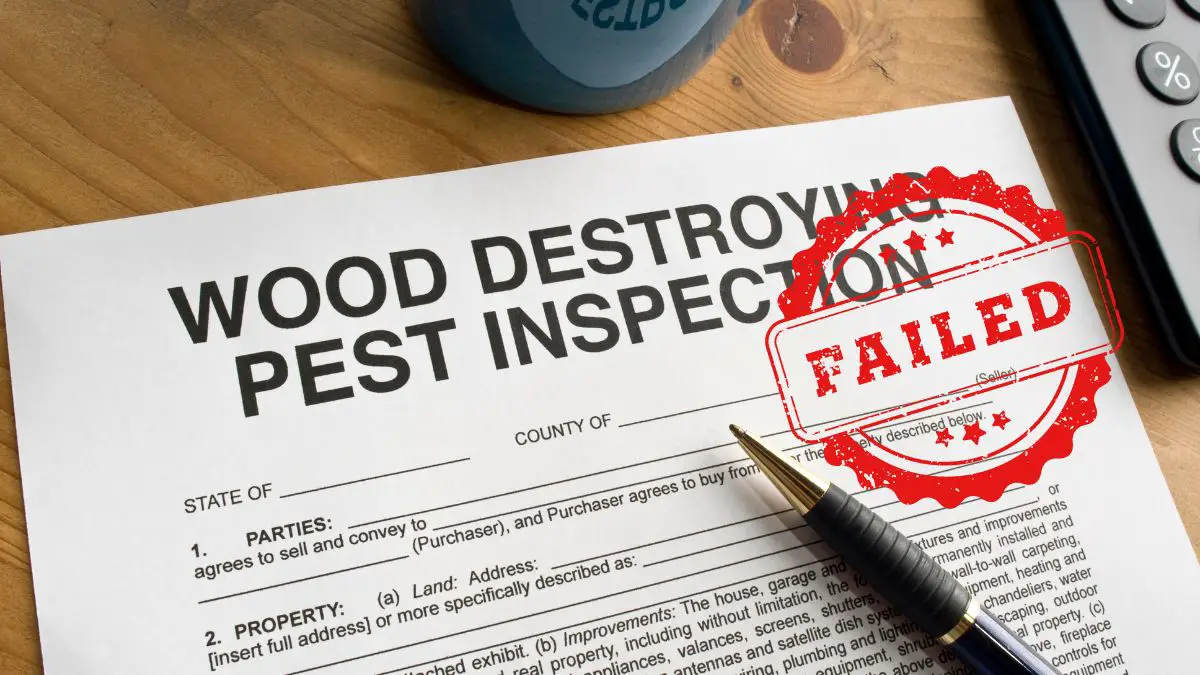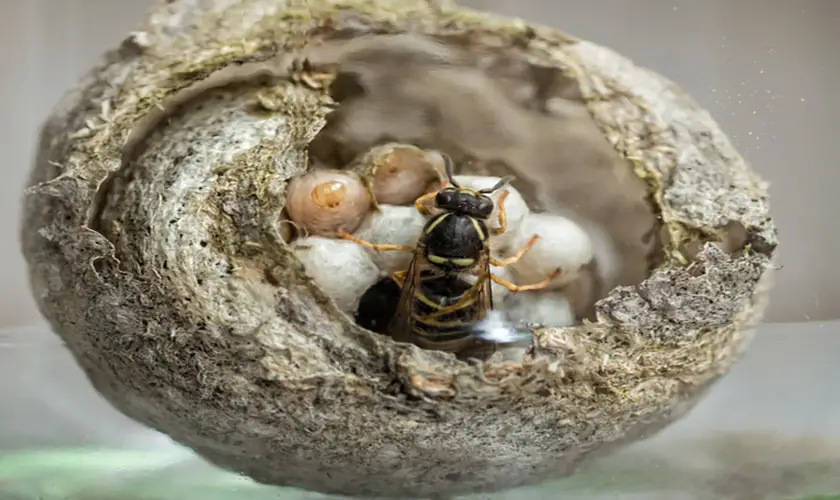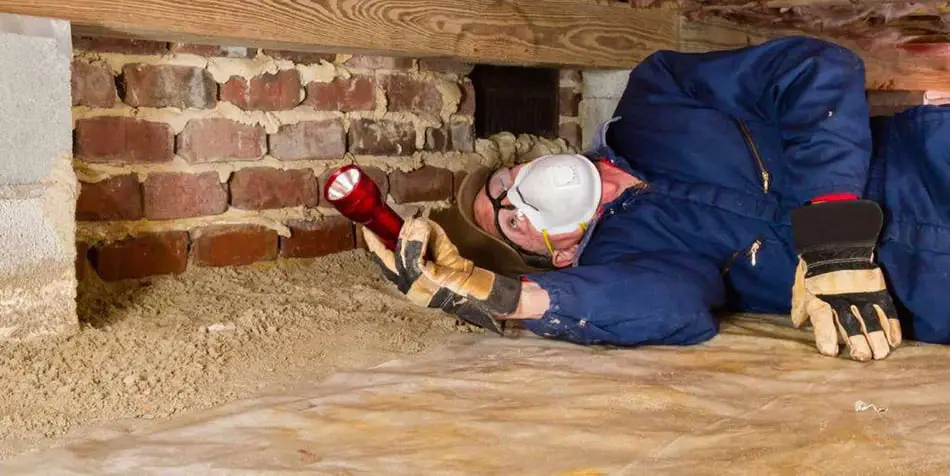
Having rats in your attic or home is never pleasant because the noises can be very annoying. Rats can carry diseases and chew electrical wires, which can be dangerous. In this article, I’ll show you precisely what you’re going up against and how to get rid of roof rats for good.
Blocking all spots where rats can get into your home is the first step in eliminating them. Don’t leave pet food or garbage lying around, and keep your home as clutter-free as possible so rats will have fewer hiding places. Rat traps and rodent poisons work to remove roof rats already in your attic.
Keep reading for a more detailed guide on how to seal up your home and get rid of roof rats, as well as more information on roof rats, their tendencies, likes, dislikes, and identification tips.
What is The Fastest Way to Get Rid of Roof Rats
Getting rid of rats can seem like a nearly impossible challenge due to their small and sneaky nature and because most modern attics are pretty expansive. In the below sections, I’ll walk you through the steps you should take to get rid of roof rats and prevent them from returning in the future.
1. Block all Rat Entrances to Your Home
Usually, older houses have more entrances like the walls and attic, but even new homes have plenty of ways without proper preventative measures. Below are a few of the most common ways rats can get into your home:
- Cracks in the foundation
- Chimneys
- Vents
- Cracks in walls
- Gaps around windows
- Holes in and around the roof
Rats are very flexible and resourceful creatures that can get through tiny holes. While their bones don’t bend or collapse, rats can fit through holes the size of a quarter.
Search your home for places where rats could enter and seal all possible entrances with mortar, mesh, screens, or other appropriate materials.
2. Trim Nearby Trees and Bushes
Rats use branches and bushes to get to your home and shield themselves while they search for a hole in your attic or walls. While rats are pretty good climbers, trimming tree branches within 10 feet of your home can decrease the number of options they have to get near your home.
Rats are generally pretty shy, so the less connecting foliage and branches you have to your home, the less likely they are to make the daring dash to get there and stick around to find a way inside.
3. Declutter Your House and Garage
A large part of getting rid of roof rats is making your home as uninviting as possible. Rats love small dark places where they can nest and hide. So, cleaning out your garage and house is a great way to discourage roof rats.
Move gardening and lawn materials like seeds, fertilizer, and dirt that you store in your garage into metal or rigid plastic containers. Also, store firewood outdoors or in a space detached from your home and garage if possible.
In your home and garage, it’s unnecessary to go total minimalist and remove all the things and clutter. But, make sure there aren’t any large piles of items where rats would feel safe hiding.
4. Conceal All Food and Garbage
Another thing that attracts roof rats and makes them more likely to stick around and nest in your home is a readily available food source. Rats are incredibly resourceful omnivores that will eat nearly anything.
To help discourage rats from taking up home in your house, make sure to conceal and don’t leave out any food, garbage, or pet food.
- Store as much food as possible in your refrigerator
- Don’t leave fruit out on the kitchen counter
- Keep grains, cereals, pasta, and other dry goods in metal or glass containers
- Get a metal or hard plastic trash can with a lid
- Empty trash cans in your home often
- Store dry pet food in a sealed metal or rigid plastic container
- Don’t leave pet food out in dishes unattended
5. Set Traps or Poison in the Correct Areas
Once you’ve sealed up your home and made it as unappealing to a rat as possible, it’s time to go about trapping or poisoning the rats already inside your home. There are many poison baits and different types of traps, both live and dead, for getting rid of roof rats.
Make sure to do your research to find the best fit for your particular situation. If you have pets or small children in your home, it’s best not to use poison baits for safety reasons. Always put rat traps out of reach of small children and not in high-traffic areas in your home where people might unknowingly trigger them.
Place traps or toxins in places where there are signs of rat activity. Some of the best places to put traps are behind appliances, along beams in the attic, in dark corners, and along walls.
According to a paper published by the University of Nebraska-Lincoln Extension, rats are highly cautious creatures and wary of new items in their environment. It may take up to a few weeks before you catch a roof rat because it can take that long for them to become bold enough to interact with the trap or toxin.
6. Call a Professional if Needed
Rats are pretty resilient, and sometimes it can seem as soon as you remove one, three more will replace it. If you’re having trouble getting rid of roof rats in your home all by yourself, it may be a good idea to call in a professional.
You can usually get rid of roof rats on your own following the steps outlined above, but sometimes you just need someone who knows more about getting rid of rats to come in and help out. Professional exterminators have much more experience removing rats from homes and can launch a more coordinated and effective attack on the little creatures.
Everything You Need to Know About Roof Rats
Before you begin working on getting rid of roof rats from your home, it’s helpful to know a little more about what you’re up against and familiarize yourself with the enemy.
In the following few sections, I’ll go over some of the most crucial questions and information about roof rats so you can more effectively remove them from your home.
What Type of Rats are Roof Rats?
Roof rats go by many names, including black rats, house rats, and ship rats. They originated somewhere in Southeastern Asia but are now found worldwide and tend to find shelter in the attics and rafters or buildings: hence their name “roof rats.”
Roof rats come in many different colors and sizes, but they usually have a 6-8 inch body with a tail that doubles their length. Roof rats are typically brown or black, with lighter brown, black, white, or gray underbellies.
What Do Roof Rats Like and Hate?
All animals have their likes and dislikes, so I’ll list what roof rats generally hate and what they are attracted to so you can know what you’re dealing with when trying to remove them from your home.
What Roof Rats Hate:
- Sudden and loud noises
- Chemical smells such as ammonia, bleach, or naphthalene
- Certain scents like peppermint and citronella oil
- Contact or the presence of humans
- Open spaces where they feel exposed and vulnerable
- The scent or presence of predators like cats, raccoons, and hawks
What Roof Rats Like:
- Darkness and areas where they can sneak around
- Dry and covered areas like attics, walls, and under porches
- Water leaks and bowls of water intended for pets
- Garbage and food scraps
- Food that is left out or not sealed in a chew-proof container
- Areas with nest material like insulation, paper, or wood shavings
- Dense vegetation or thick shrubbery where they don’t feel exposed
Are Roof Rats Aggressive?
Roof rats are generally quite skittish and energetic but are not aggressive unless cornered or threatened. If the option is present, roof rats will usually run instead of standing up to a threat. However, if you corner a roof rat and there is no way to get away, it can become quite aggressive and actively try to bite, claw, and climb over you to escape.
Try to avoid direct contact or confrontation with roof rats because they can bite and carry various diseases. If you stumble upon a rat, stay calm and slowly back away, giving it plenty of escape options to run away.
Where Do Roof Rats Live During the Day?
During the day, rats like to return to their nest, usually located in the roof, attic, or other highly elevated location. Rat nests can be as simple as a small area covered in loose paper or as intricate as a compound with multiple tunnels and rooms built from insulation, paper, wood, and other loose materials.
Roof rats are nocturnal, so they are most active during the night. You typically won’t spot a roof rat during the day because they usually sleep in their nest during this time.
Are Roof Rats in Your Attic Bad or Dangerous?
Roof rats can be dangerous and a health risk to humans. Beyond just being annoying pests that make annoying noises and could bite you, roof rats can chew on things in your home. Rats also carry many diseases, including hantavirus and salmonella, which can be dangerous to humans.
Most things that rats chew on are entirely harmless, but if allowed to chew for long periods, it can cause structural damage if they make it through beams in your attic.
Additionally, roof rats can cause issues with the electrical system in your home. They can chew through wires, which can cause electrical fires, outages, and power surges. Rats throwing through wires, wood, and other items in your home can be dangerous and can cost a lot of money in property damages.
How to Know if You Have Roof Rats?
You’ll usually know if you have rats in your home by the scratching and scuffling noises coming from the attic, but sometimes the signs of a rat infestation can be more subtle.
Below are a few of the signs that you can look for to know if you have roof rats in your home:
- Rat droppings – Rat droppings have a pretty distinct long oval shape and are often black or dark brown.
- Holes and gnaw marks – Look on the edges of wooden beams and drywall for bite marks and holes possibly resulting from rats chewing.
- Chewed wires – While not very noticeable without digging into your home’s electrical system, watch our unresponsive light switches or chewed appliance wires.
- Rat tracks – Disturbances and tracks in dust along beams in your attic can be a good indicator of rats.
- Scratching sounds – Scratching and scuffling sounds in your attic, walls, and ceilings, especially at night, are sure signs of roof rats.
- Pets notice sounds in the walls – If you find your pet attentively staring at the walls or ceilings in your home with their ears perked, it could be them hearing a soft sound from a rat that is undetectable to humans.
- Urine stains – Usually hidden away out of sight and in dark corners, urine stains will be a very light yellow and sometimes only visible under UV light.
- Urine odor and a musky scent – Rat urine is quite pungent, and rats themselves have a distinct musty ammonia smell that is very hard to miss.
Some of the signs of roof rats are more obvious than others, so it’s worth a more thorough investigation if you notice one sign or suspect an infestation.
Final Thoughts
Especially if you have a large home, identifying the presence of roof rats and taking steps to get rid of them can be a challenging and time-consuming process. It’s better to be proactive about preventing and getting rid of rats in your home instead of standing by while they cause property damage and potentially create dangerous situations.







